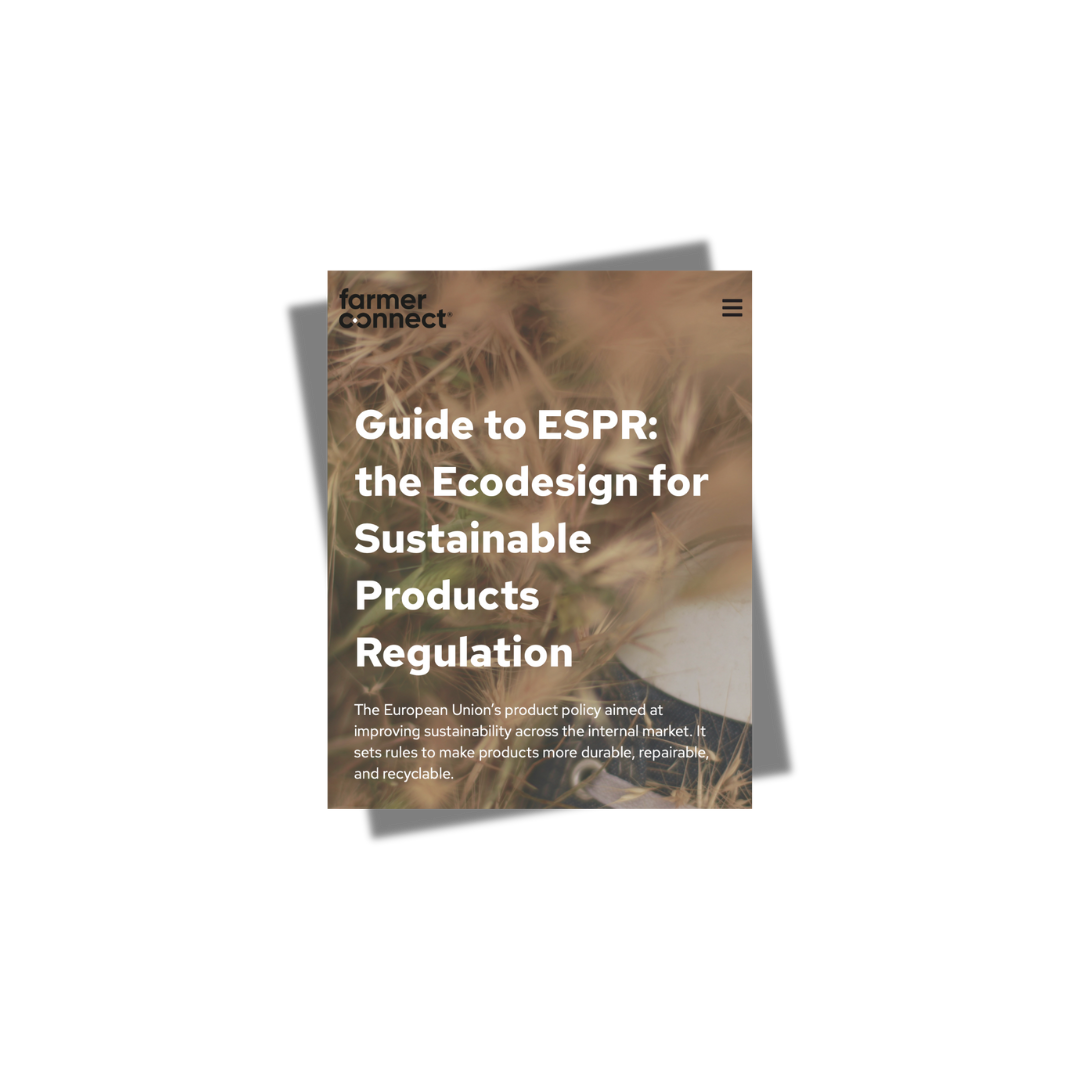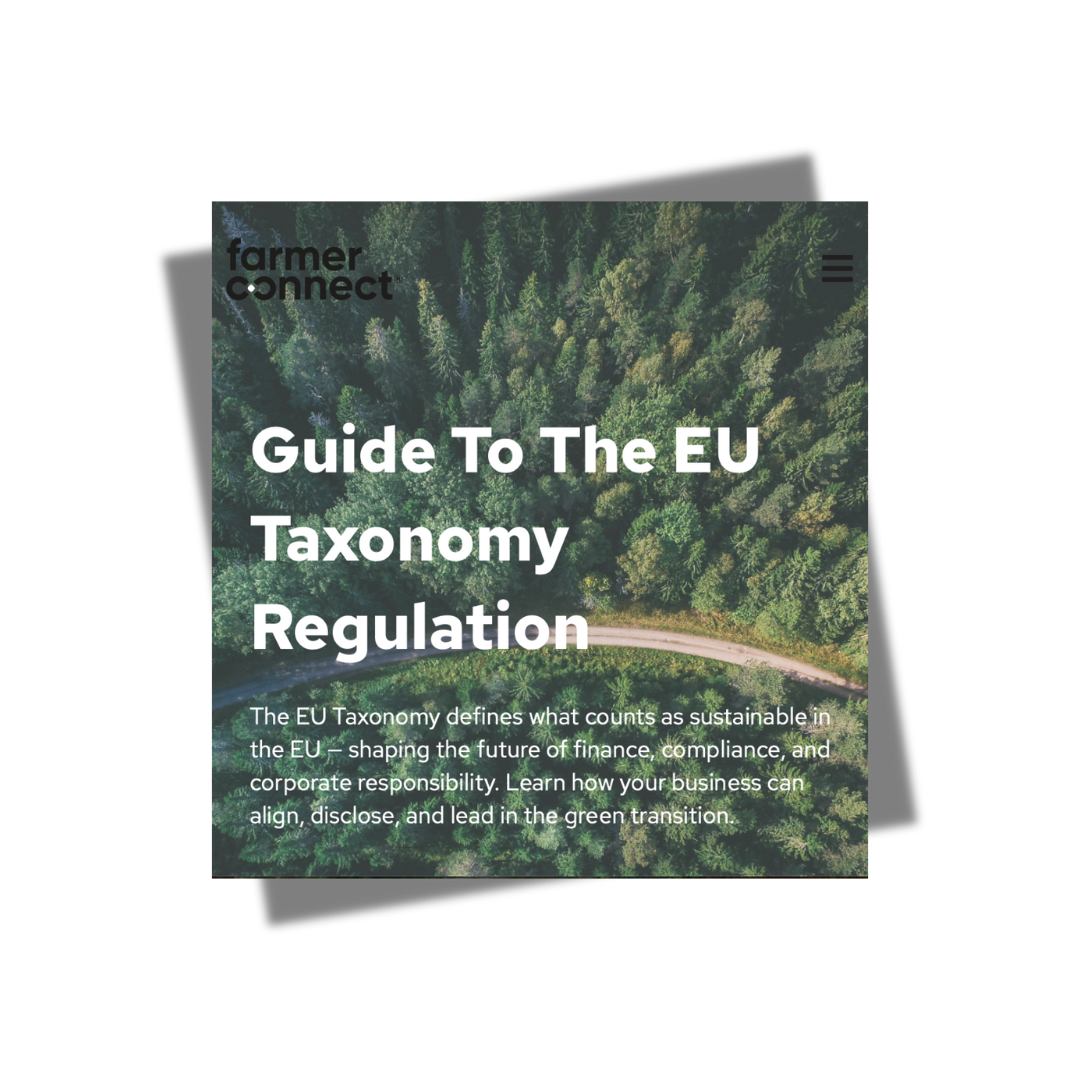If you haven’t already heard of the EU Deforestation Regulation (EUDR), then you can probably stop...
Guide To The EU Battery Regulation
The EU Battery Regulation introduces a framework for sustainable batteries — covering their entire life cycle from design and sourcing to use, recycling, and repurposing.
Our Streamlined Compliance SolutionWhether you produce, import, or sell batteries in the EU, compliance isn’t optional — it's your license to operate.
Understanding The EU Battery Regulation
The EU Battery Regulation sets out a harmonised framework for how batteries are designed, placed on the market, used, collected, and recycled across the EU. It replaces the old Batteries Directive and introduces binding requirements across the entire battery life cycle — with a strong focus on sustainability, safety, and supply chain responsibility.
This regulation is directly applicable in all EU Member States. If you manufacture, import, distribute, or recycle batteries in the EU, you need to comply.
Scope
-
This regulation applies to all types of batteries, whether placed on the EU market or put into service within the Union:
-
Portable batteries (e.g. phones, laptops, tools < 5kg)
-
Industrial batteries
-
Automotive batteries
-
Electric vehicle (EV) batteries
- Starting, lighting and ignitions batteries (SLI)
-
Light means of transport batteries (LMT ) (e.g. e-bikes, scooters)
-
❗The regulation applies regardless of whether the battery is incorporated into a final product (i.e. e-bike ) or placed within the Union on its own.

Responsibilities
Manufacturers
Ensure batteries meet design, safety, performance, and sustainability requirements.
Provide labelling, documentation, and (if applicable) digital battery passports,.
Draw up the EU declaration of conformity.
Report on carbon footprint, recycled content, and material sourcing.
Set up systems for collection, take-back, and recycling.
Importers
Ensure imported batteries comply with all EU rules.
Verify that technical documentation is available.
Place name and contact on the battery or packaging.
Keep records and cooperate with market surveillance authorities.
Distributors
Verify that batteries bear CE marking, labels, and required documentation.
Avoid placing non-compliant products on the market.
Remove or report unsafe or non-compliant products.
EU Tentative Timeline

Why It Matters ?
Legal Obligation: The EU Battery Regulation is legally binding in all Member States
Transparent reporting and sustainable sourcing
Getting ahead on traceability, recyclability, and digital passports helps reduce long-term risk and prepare for further regulations.
Key Requirements
Design & Performance
Minimum performance and durability criteria (e.g. cycle life)
Batteries in most portable devices must be removable and replaceable by users or professionals.
➡️ Starting, Lighting and Ignition batteries (SLI) & electric vehicle batteries should be removable and replaceable by independent professionals.
➡️ Portable batteries should be removable and replaceable by end-user.
Interoperable chargers for specific categories (i.e. LMT batteries).
Batteries must be made in a way that they’re safe for people and the environment.
Sustainability & Recycled Content
Recycled content targets for cobalt, lithium, lead, and nickel (starting 2027–2031).
Carbon footprint declaration for EV batteries, rechargeable industrial batteries with a capacity greater than 2kWh, and LMT batteries.
Carbon Footprint performance class requirements from 2026 onwards.
Ban on certain hazardous substances dangerous to our health and the environment.
Supply Chain Due Diligence
Large operators must map and mitigate risks linked to the sourcing of raw materials (e.g. child labour, ecosystem harm).
Economic operators need to set up a system of control and traceability, identifying upstream supply chain actors.
Labelling & Digital Battery Passport
Labels must include info on capacity, performance, durability, and recycled content, as well as non-rechargeable batteries indicating "non-rechargeable".
'Separate collection' markings from August 2025.
EV batteries & rechargeable industrial batteries (capacity >2kWh), and LMT batteries require labelling indicating carbon footprint.
From 2027, digital battery passports (via QR code) required for LMT batteries, EVs and industrial batteries (capacity >2kWh).
Collection & Recycling
Collection targets (e.g. 63% of portable batteries by 2027).
Recycling efficiency standards for lithium, cobalt, copper, and nickel.
Waste battery tracking and documentation.
EU Declaration of Conformity (DoC)
Manufacturers and importers must draw up and sign an EU Declaration of Conformity to confirm that each battery placed on the market meets all applicable EU requirements under the Battery Regulation.
This document must:
Reference relevant legal acts and standards
Identify the battery and the responsible company
Be kept for at least 10 years after the battery is placed on the market
Be provided to national authorities upon request
❗Batteries must also bear a CE marking to indicate conformity.
Farmer Connect Solution Benefits
Request, verify, and manage declarations from upstream suppliers with built-in tools that streamline collaboration and data requests.
Our Other Guides
Get In Touch

📘 Download Your EU Battery Regulation Checklist
farmer connect is a tech solution that helps companies streamline their compliance and reporting requirements. Through integration and automation, we can ensure error proof and fast data centralisation and the automated generation of reports according to reporting standards.
Relevant News

The Gateway To Compliance Heaven: Gateway Check

The combined platform supports agribusinesses in meeting EU Deforestation Regulation (EUDR) and...


